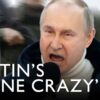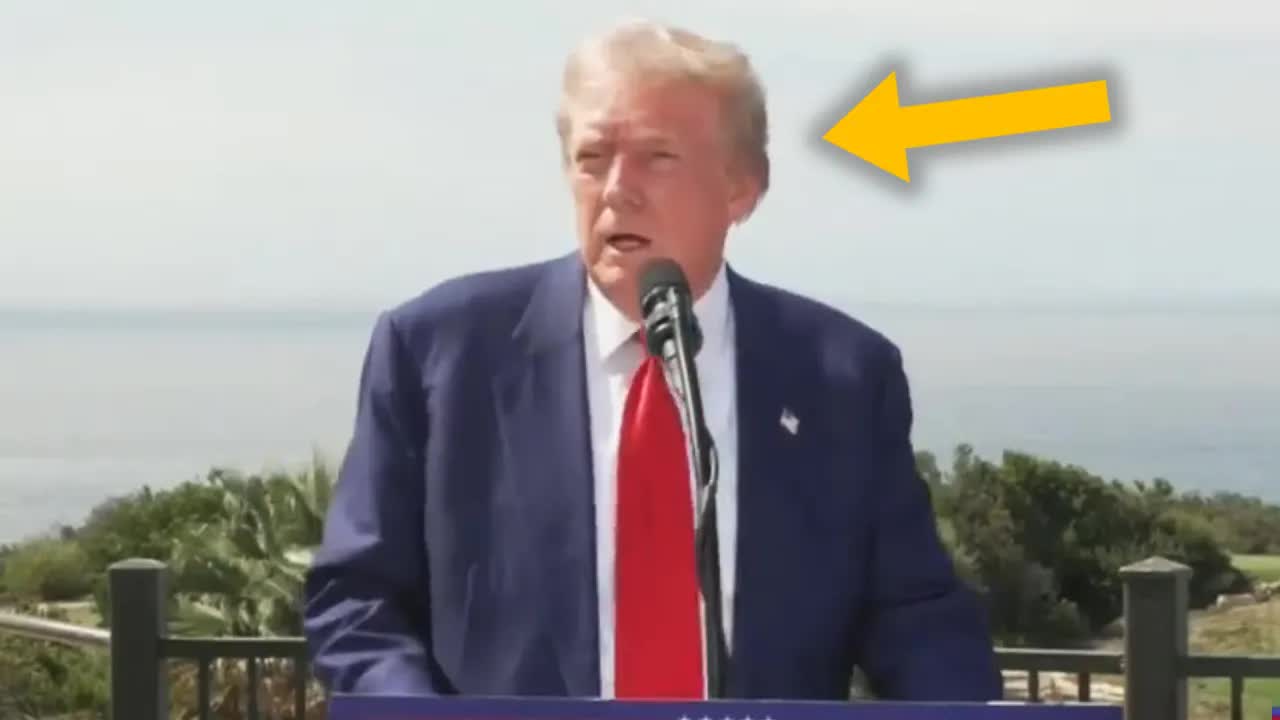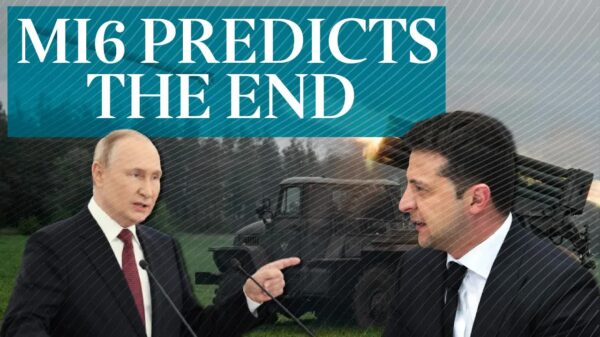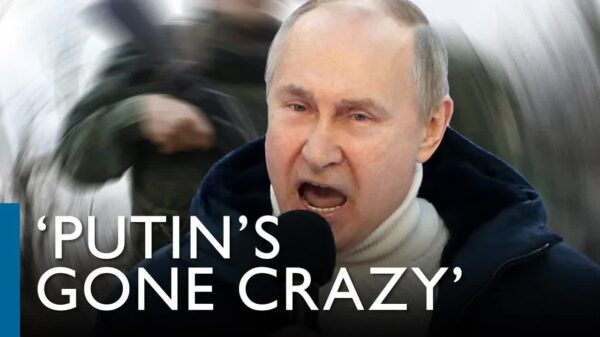In a surprising turn of events, the Russian military has faced a staggering setback in Donetsk, reportedly losing nearly an entire battalion along with 50 vehicles and possibly up to a thousand troops.
This incident raises eyebrows and begs the question: how does an entire battalion vanish while attempting to cross a single river?
According to Lieutenant General Ben Hodges, a seasoned military strategist and former commander of U.S. Army forces in Europe, this loss reflects deeper issues within the Russian military’s operational capabilities.
Hodges suggests that the Russians may have launched their latest offensive prematurely, likely due to internal pressures to resume operations.
However, they failed to adequately reconstitute and train their units, leading to a reliance on sheer numbers and artillery fire rather than effective tactical leadership.
This strategy could explain the heavy casualties reported, even if those figures are exaggerated.
The reality remains that the Russian troops were caught in a vulnerable position, bunched together during a critical maneuver.
During a recent briefing, Hodges elaborated on the skillful defense employed by Ukrainian forces.
They effectively identified potential crossing points for Russian troops and prepared accordingly, demonstrating impressive tactical foresight.
By analyzing intercepted communications and understanding enemy movements, the Ukrainians set up artillery to target these crossings, catching the Russians off guard.
In military operations, timing and positioning are everything, and it seems the Ukrainians executed their strategy flawlessly.
The contrast between the two armies has become increasingly apparent.
While the Ukrainians have been honing their skills over the past eight years with support from Western trainers, the Russians appear to be struggling with operational security.
Hodges emphasized that well-trained units typically avoid clustering together during maneuvers, a basic principle that seems to have escaped the Russian forces in this instance.
As the conflict unfolds, the influx of Western military equipment into Ukrainian hands is also making a significant impact.
Hodges noted that the Ukrainians are quick learners, adept at using new technologies.
This adaptability, combined with their experience, is shifting the balance in their favor.
The need for continued support from Western nations is crucial, as the Ukrainians are proving their capability to leverage advanced weaponry effectively.
In another development, the conversation turned to Finland and Sweden’s aspirations to join NATO.
Hodges expressed enthusiasm about this potential expansion, highlighting the robust military capabilities both countries bring to the alliance.
With Finland acquiring F-35 fighter jets and possessing a mobilization system that can deploy a substantial number of troops quickly, their inclusion would enhance NATO’s strategic posture significantly.
The geopolitical implications of this expansion are profound.
With both nations bolstering NATO’s eastern flank, security in the Baltic Sea region stands to improve markedly.
Hodges anticipates a future where Finnish and Swedish officers integrate into NATO’s operational framework, transitioning from being security consumers to providers.
However, this shift is not without its challenges.
Russia has issued threats of retaliation in response to NATO’s potential enlargement, though specifics remain vague.
Hodges believes that rational voices within Russia recognize the Kremlin’s role in provoking this situation.
The aggression displayed towards neighboring countries has ultimately driven Finland and Sweden to seek NATO membership as a defensive measure.
Despite the threats, Hodges considers a direct confrontation between Russia and NATO unlikely.
He pointed out that Russia has historically used nuclear rhetoric as a deterrent but is cautious about engaging in actual conflict with NATO forces.
The recent display of military might near the Finnish border was met with a humorous yet defiant response from Finnish farmers, symbolizing the resilience of the Finnish spirit in the face of intimidation.
The ongoing developments in Ukraine, coupled with the evolving dynamics of NATO, paint a complex picture of European security.
As the situation progresses, the lessons learned from recent battles will undoubtedly shape future military strategies on both sides.
Hodges’ insights provide a critical lens through which to view these unfolding events, underscoring the importance of tactical innovation and preparedness in modern warfare.
In summary, the recent losses faced by the Russian military highlight significant shortcomings in their operational execution.
Meanwhile, the strategic moves by Ukraine and the potential NATO expansion signal a shifting landscape in European defense.
As these narratives continue to evolve, one thing remains clear: the stakes are high, and the world is watching closely.










